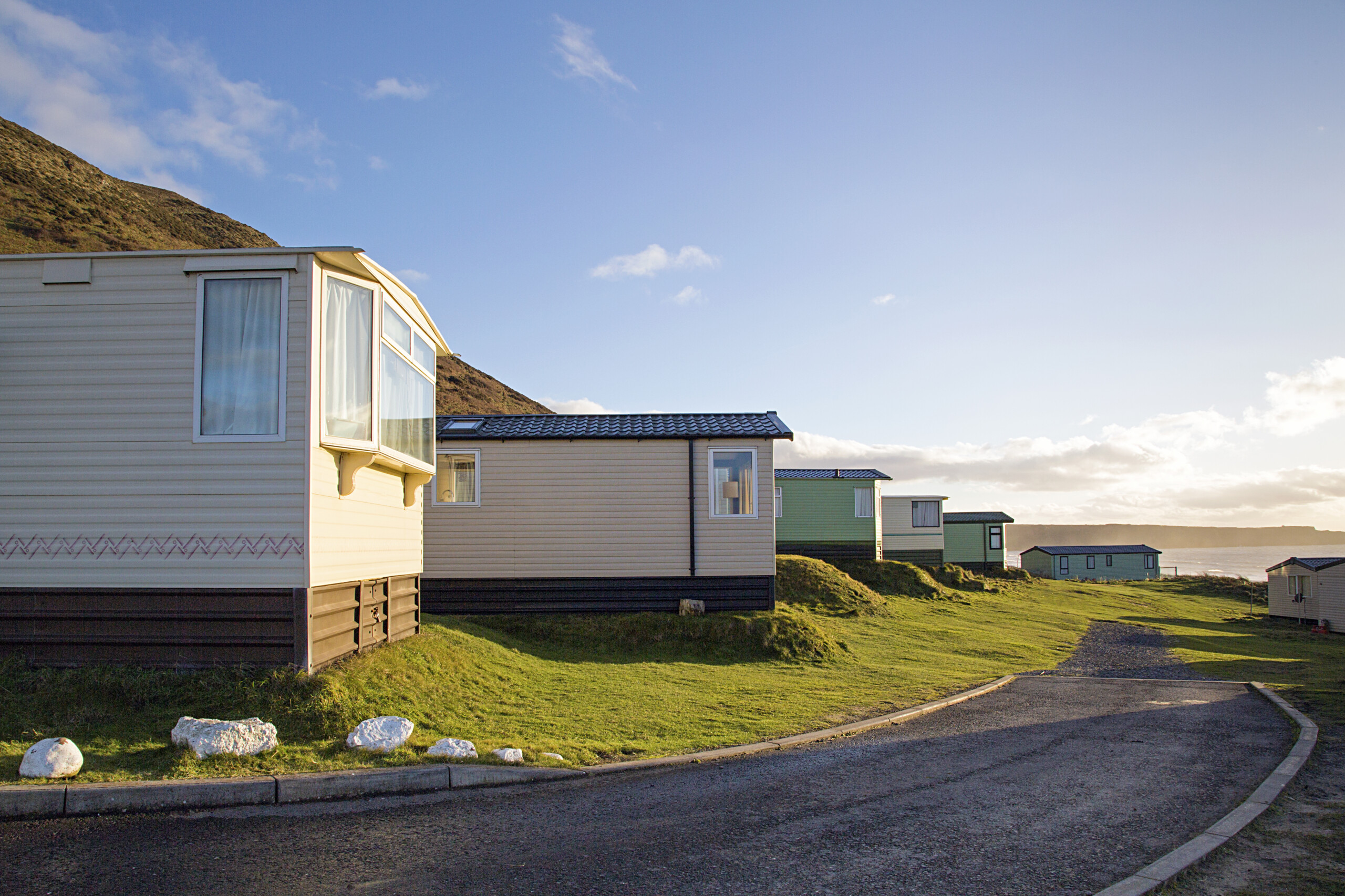
Date posted: 22nd Jan 2024
A furnished holiday let (FHL) is simply a house, anywhere in the UK or EEA, let to short term holidaymakers. It does not need to be in a specific “normal” holiday location i.e., by the beach, near sights etc.
A FHL can benefit from tax allowances that an ordinary buy-to-let property cannot, including full tax relief for mortgage interest payments and the ability to claim capital allowances on costs of furnishing the property.
Tax reliefs at risk?
Many owners of FHL’s benefitted from various staycations during the COVID-19 pandemic but with borders re-opening and the ongoing cost of living crisis impacting on people’s ability to take holidays and short breaks, the tax reliefs offered by FHL’s could be at risk.
If you are a landlord letting a furnished holiday let (FHL), you may find that the downturn in bookings means that you are unable to pass the occupancy tests for your let to qualify as an FHL for tax purposes.
What are the occupancy tests?
For a let property to count as an FHL, the property must be in the UK or the EEA and must contain sufficient furniture for normal occupation. It must also pass three occupancy tests.
Condition 1 – the pattern of occupation condition
For the property to be an FHL, the total of all lets that exceed 31 days must not be exceed more than 155 days in the year.
Condition 2 – the availability condition
The property must be available for letting for at least 210 days in the tax year.
Condition 3 – the letting condition
The property must be actually let for at least 105 days in the tax year.
If the letting condition has not been met in a particular year, you may be able to use a period of grace election to ensure a property that has previously qualified as an FHL continues to do so.
Period of grace election
A period of grace election can be used where the landlord genuinely intended to meet the letting condition but was unable to. The impact of the cost of living crisis is an example of where this may be the case, and offers landlords a potential lifeline.
To make a period of grace election, the pattern of occupation and availability conditions must still be met. Also, the letting condition must have been met in the year before the first year for which the landlord wishes to make a period of grace election. If the letting condition is not met again in the following year, a second period of grace election can be made. However, if the test is not met in year 4 after two period of grace elections, the property will no longer qualify as an FHL. A period of grace election can be made either on the Self Assessment tax return or separately (either with or without an averaging election).
For example, if the property met the letting condition in 2022/23, a period of grace election can be made for 2023/24 and 2024/25 if the letting condition is not met in those years, as long as the other two occupancy conditions are met. However, the letting condition must be met again in 2025/26 for the property to qualify as an FHL for that year.
Multiple FHLs and averaging
In the event that a landlord has more than one FHL, and the letting condition is met in some but not all of the properties, an averaging election could be made instead. Where this is made, the test is treated as met if on average the holiday lets are let for 105 days in the tax year. For example, a landlord with three holiday lets would need the properties to be let for a minimum of 315 days in total for an averaging election to be used to meet the letting condition across all three properties.
As ever with property taxes, there are some unique rules that need to be considered by property tax experts. If you need assistance with property taxes, please contact us.


